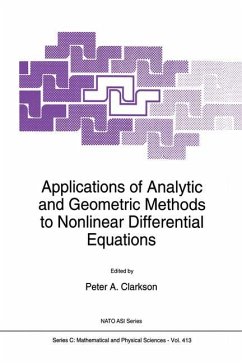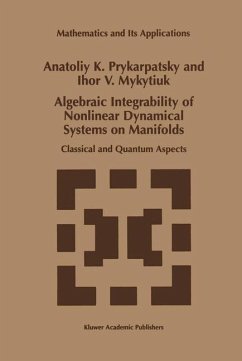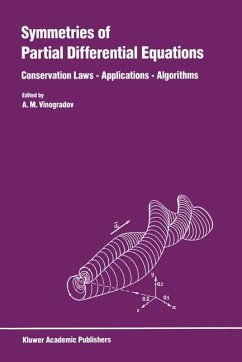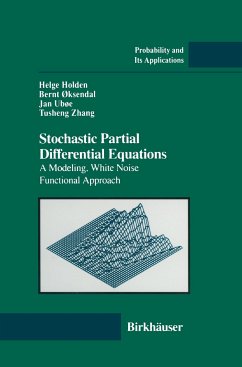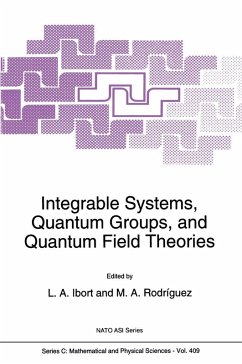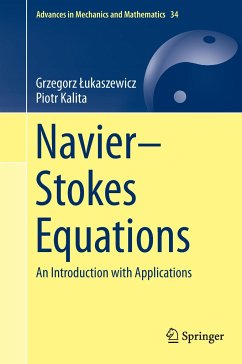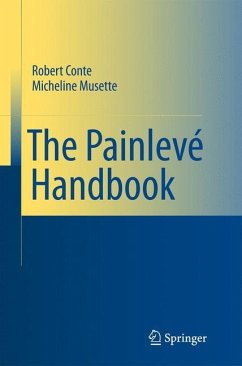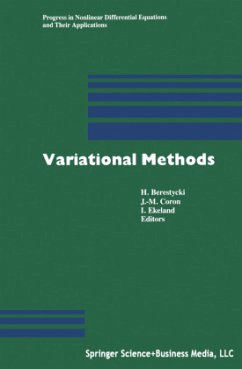
Nonlinear Symmetries and Nonlinear Equations
Versandkostenfrei!
Versandfertig in 6-10 Tagen
38,99 €
inkl. MwSt.
Weitere Ausgaben:

PAYBACK Punkte
19 °P sammeln!
The study of (nonlinear) dift"erential equations was S. Lie's motivation when he created what is now known as Lie groups and Lie algebras; nevertheless, although Lie group and algebra theory flourished and was applied to a number of dift"erent physical situations -up to the point that a lot, if not most, of current fun damental elementary particles physics is actually (physical interpretation of) group theory -the application of symmetry methods to dift"erential equations remained a sleeping beauty for many, many years. The main reason for this lies probably in a fact that is quite clear to an...
The study of (nonlinear) dift"erential equations was S. Lie's motivation when he created what is now known as Lie groups and Lie algebras; nevertheless, although Lie group and algebra theory flourished and was applied to a number of dift"erent physical situations -up to the point that a lot, if not most, of current fun damental elementary particles physics is actually (physical interpretation of) group theory -the application of symmetry methods to dift"erential equations remained a sleeping beauty for many, many years. The main reason for this lies probably in a fact that is quite clear to any beginner in the field. Namely, the formidable comple:rity ofthe (algebraic, not numerical!) computations involved in Lie method. I think this does not account completely for this oblivion: in other fields of Physics very hard analytical computations have been worked through; anyway, one easily understands that systems of dOlens of coupled PDEs do not seem very attractive, nor a very practical computational tool.





